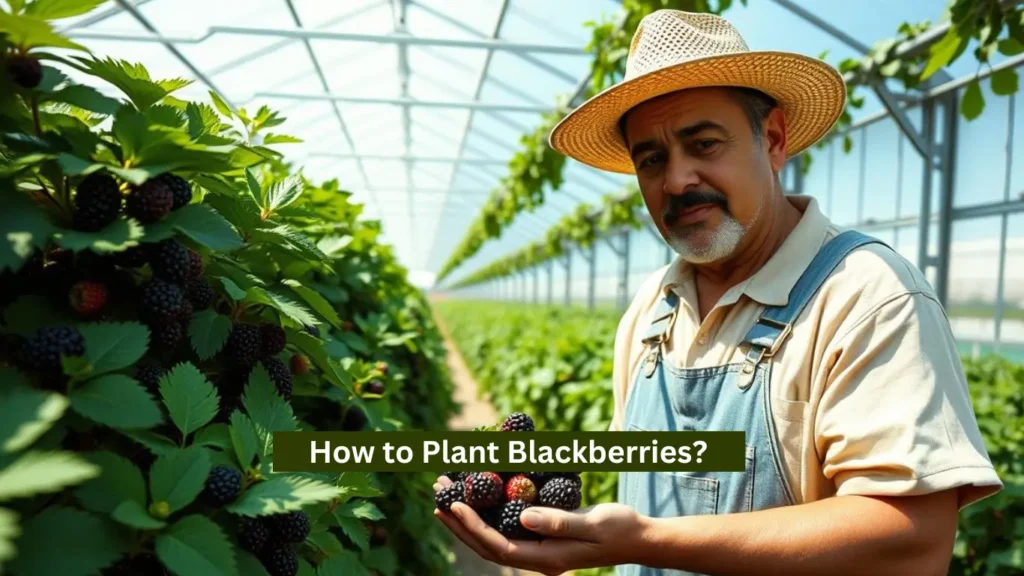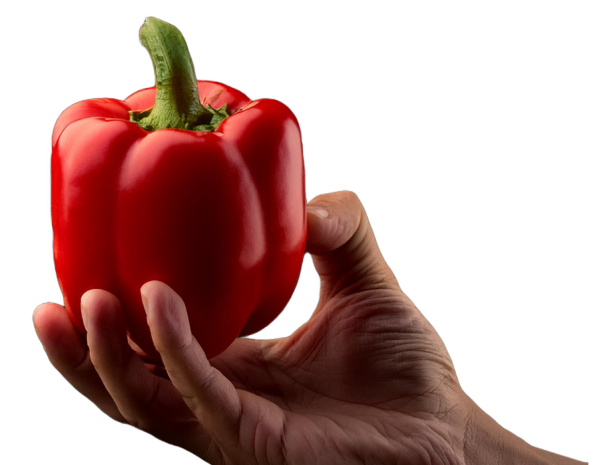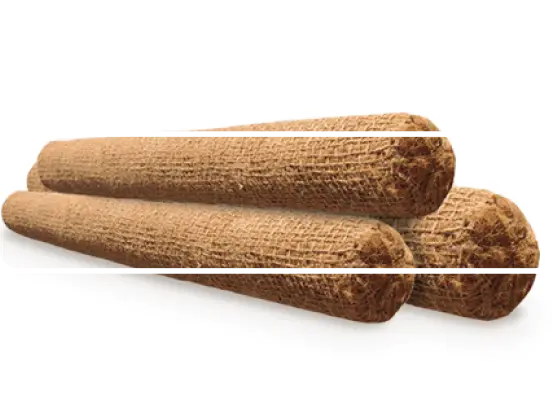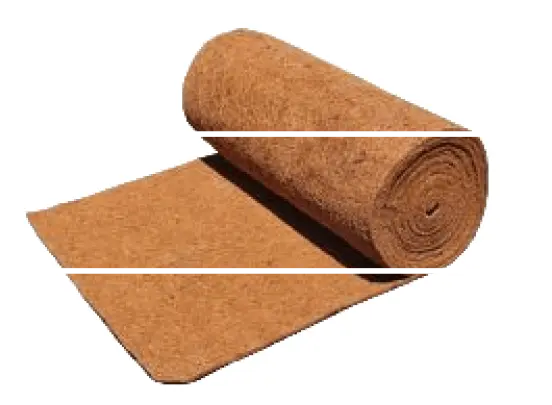
Blackberries are a delicious and nutritious fruit that can be grown relatively easily on a farm or garden. Homegrown blackberries offer unmatched flavor and satisfaction. But how do you plant blackberries for a flourishing yield? The answer is coir products, a sustainable and effective solution for cultivating these delicious berries.
Through this blog, let’s take a look at blackberries, how to plant blackberries, and choosing the right variety to utilize coir products for optimal growth.
Before be jump into planting blackberries, we have to be acquainted with the types of blackberries available in the market. Blackberries are members of the Rosaceae family, related to roses and raspberries. They are perennial plants, meaning they return year after year, rewarding you with their yield.
Types of Blackberries: There are two main types of blackberries: erect and trailing.
Each type of blackberry has its own unique flavor profile, ripening time, and growing period. So while choosing a variant, make sure that you choose one that fits your needs. Here are some popular choices:
While growing blackberries, one thing you must consider is that they grow best under direct sunlight (at least 6-8 hours of daily sunlight). They prefer well-drained, fertile soil with a slightly acidic pH (around 6.0-6.5). Amending the soil with organic matter before planting can improve drainage and fertility.
Coir a derivative of coconut husks, offers a plethora of advantages for blackberry farmers. Some of them are:
Here’s a step-by-step comprehensive guide on how to plant blackberries on your farm.
Blackberries may be easy to grow, but that doesn’t mean it requires no attention. Make sure you water your plants regularly, especially during the fruit and flowering development stage. Remember to add a layer of coir mulch around your blackberry plants to conserve moisture, suppress weeds, and regulate soil temperature.
Keep an eye out for common blackberry pests like aphids, spider mites, and Japanese beetles. Introduce beneficial insects or use organic pest control methods if necessary. Diseases like powdery mildew and rust can also affect blackberries. Proper spacing, pruning, and good air circulation can help prevent these issues.
Blackberries are plants that give you the best yield with the right care and products. By using Coirmedia, the best coir product manufacturer, you can cultivate a thriving blackberry patch that yields abundant harvests of delicious fruit. So, roll up your sleeves, get your hands dirty, and let’s grow your blackberries!

Mathew is a product designer and engineer at Coirmedia, where he combines his passion for sustainability with his design and engineering expertise. He develops innovative coir products that are not only functional but also eco-friendly. Driven by a desire to share his knowledge, Neil is passionate about writing and teaching, aiming to educate others about his ideas, innovations, and the technology behind them.


CoirMedia (UK) Pvt. Ltd
85 Great Portland Street,
First Floor, London,
United Kingdom





